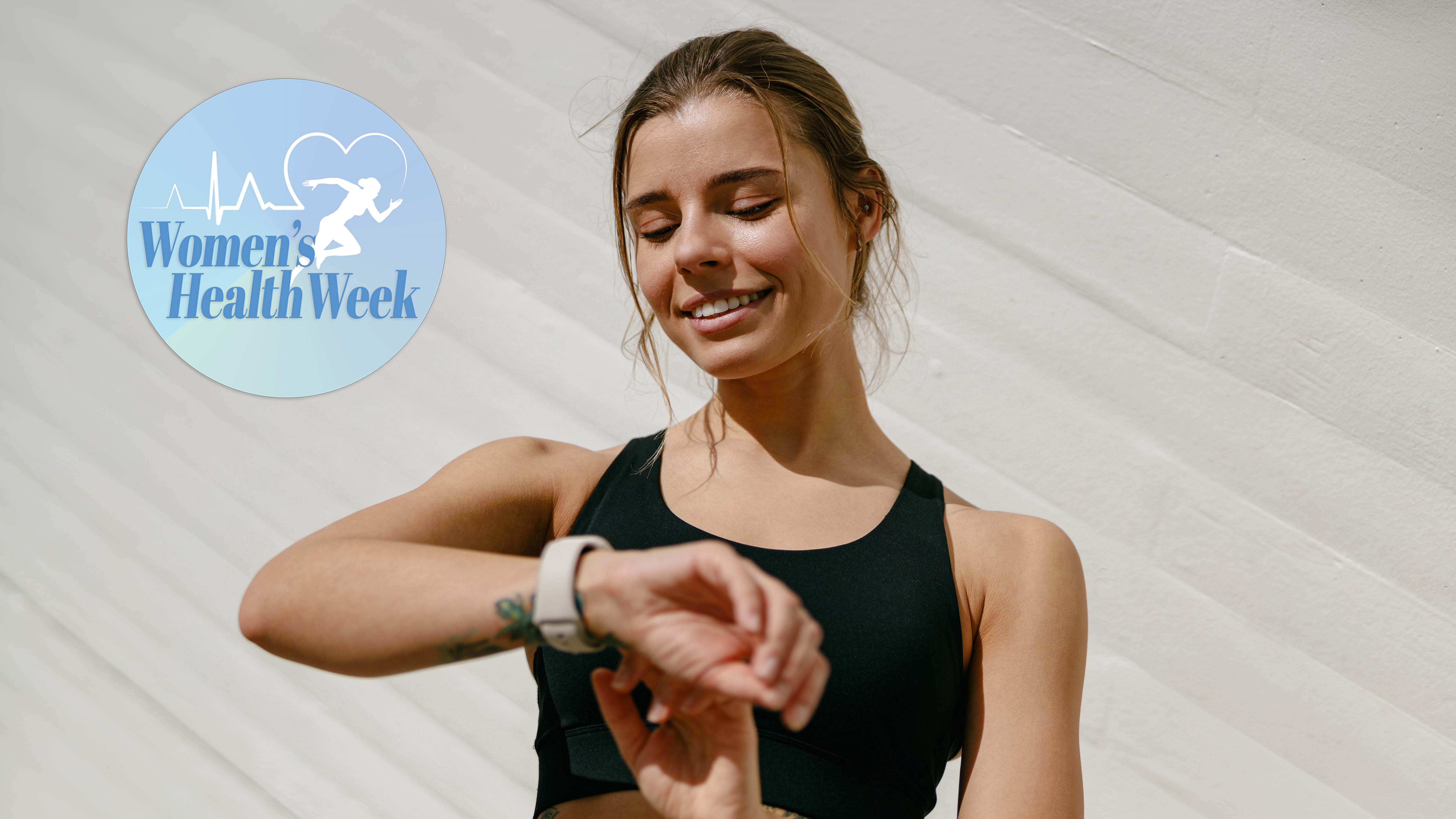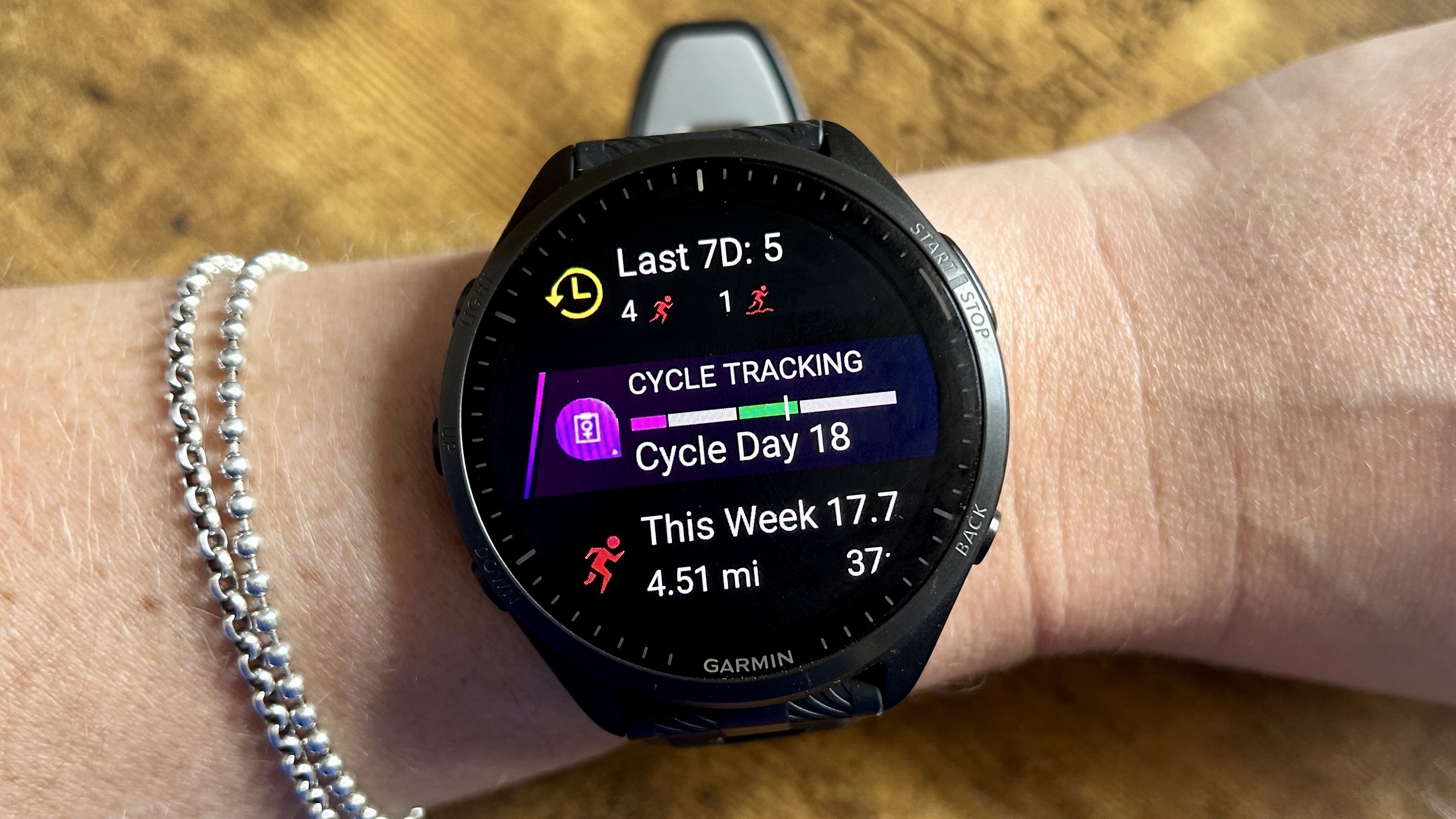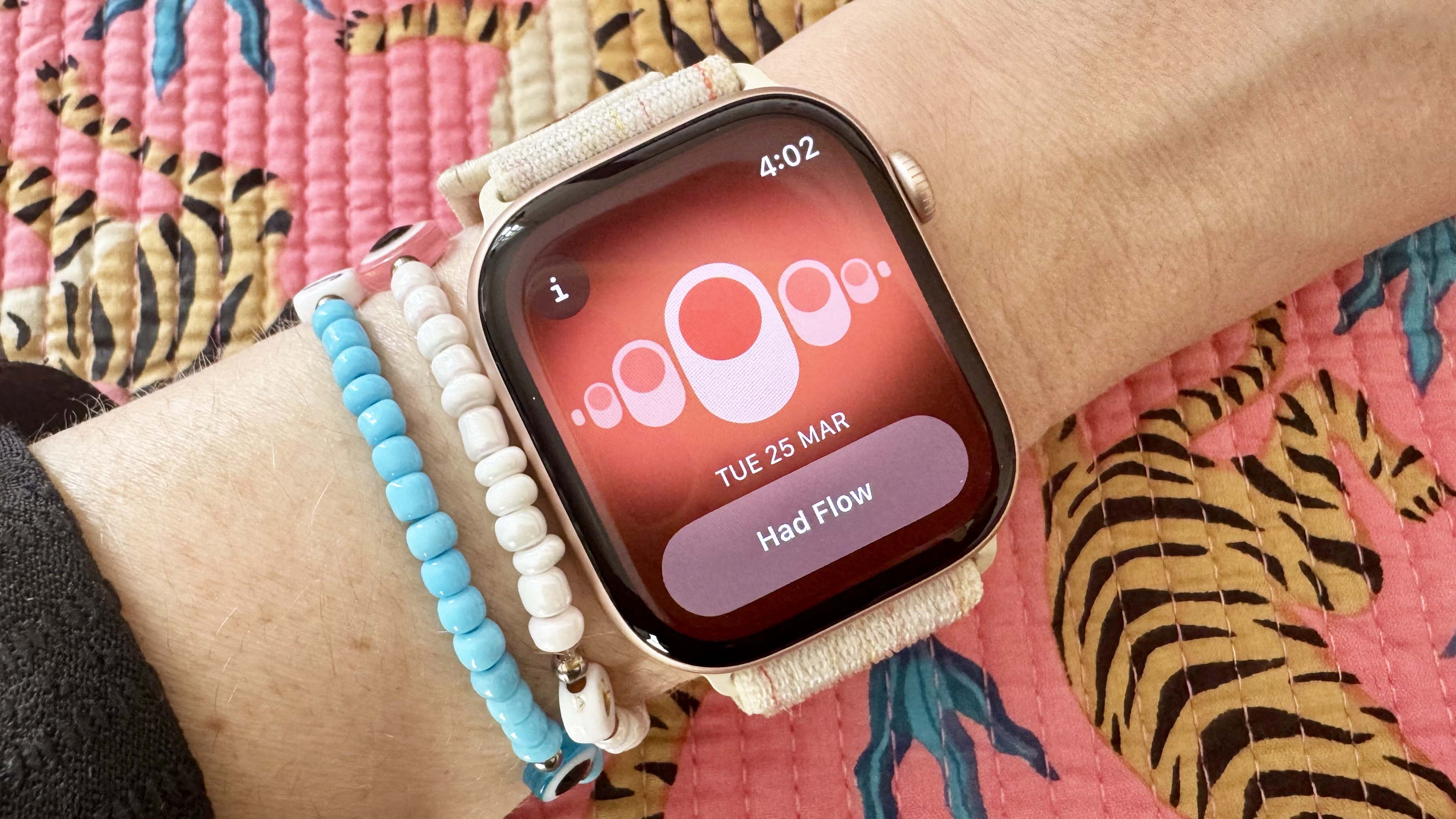Which fitness trackers are the best for tracking women’s health?
Fitness trackers can help you get in shape and stay on top of your goals. But how useful are they when it comes to women’s health?

The best fitness trackers can be excellent accountability tools in your pursuit of a healthy lifestyle. Whether you’ve got an Apple Watch, a Garmin, or a FitBit, these small but powerful devices can measure everything from your step count and resting heart rate to your maximal oxygen consumption and sleep patterns.
This article is part of Tom's Guide's Women's Health Week — a series of content that explores how technology and the right workouts can support and empower women through every phase of life.
According to a review in the Journal of Medical Internet Research, women make up one of the largest groups of fitness tracker users. Many of these devices measure women-centric statistics like menstrual cycle and pregnancy information, but do they really provide women with useful insights into their own health? Or do they just collect data without any real or helpful context?
What are fitness trackers? What kinds of data do they collect?
Fitness trackers are wearable items, like watches and rings, that record your personal health metrics using a combination of motion sensors, optical heart rate sensors, and user information like height, weight, and age. They can measure your heart rate at rest and during exercise, the total number of steps you’ve taken in a day, how many calories you burn, and how many hours of deep sleep you get each night, among other metrics.
Many fitness trackers will go even further to provide a deeper look into your overall wellness. Popular trackers from brands like Apple, Garmin, and Woop take the information they record and make estimates on your overall cardiovascular fitness, how much rest and recovery you need, and blood oxygen levels.
How accurate are fitness trackers?
Fitness trackers are relatively accurate on stats like distances walked and heart rate trends. Your readings may be a bit off based on how you wear your tracker, but for the most part, these kinds of readings are pretty spot on.
Other measurements, like calories burned, can be less precise. Fitness trackers make estimates based on the data they collect, like your heart rate and activity levels, combined with objective data like your height, weight, and gender. These estimates don’t account for body type or muscle mass, which can have a profound impact on the amount of calories you burn.
Cardiovascular fitness measurements can also be a little far from the truth. Accurate VO2 max readings (or the maximum amount of oxygen your body can consume during exercise) are usually recorded using lab equipment and specific tests, whereas fitness tracker VO2 max readings are estimates based on your heart rate levels during exercise and recovery.
Get instant access to breaking news, the hottest reviews, great deals and helpful tips.

Which fitness trackers are the best for tracking women’s health?
While most fitness trackers offer menstrual cycle tracking as a primary feature, that information alone doesn’t necessarily provide a full picture of women’s health. A few models go well beyond menstrual cycle tracking with options to report discharge characteristics, mood shifts, and pregnancy events like baby kick counts and hiccups.
Garmin fitness trackers offer some of the most detailed women’s health insights. Not only can they track cycle dates and phases, but users can continue to track symptoms if periods are irregular or absent due to polycystic ovarian syndrome, menopause, pregnancy and breastfeeding, or contraceptive use. Here's how to use the menstrual tracking feature on your Garmin Watch
Garmin’s pregnancy tracking options are also some of the most detailed available, offering gestational age and size estimates, recommendations on prenatal nutrition and exercise, and the ability to enter blood glucose levels for management of gestational diabetes. Here's more about the Garmin pregnancy tracking feature.

The Apple Watch provides a comprehensive look into women’s health data as well, featuring temperature-sensing capabilities that can help determine ovulation days and fertile windows. As is the case with other fitness tracker metrics, though, these readings are just estimates.
The Apple Watch also ranked highest in a recent JMIR Formative Research study among women on fitness tracker comfort, features, and motivational qualities.

Do fitness trackers prioritize women’s health?
Fitness trackers can maximize your training potential and help you achieve a variety of health goals.
Until recently, many fitness trackers focused heavily on activity and exercise without much attention to other wellness aspects. However, thanks to advances and upgrades in wearable tracker technology, fitness tracker brands have begun putting women’s health needs at the forefront of their features.
More from Tom's Guide

Jennifer Rizzuto is a freelance writer and certified personal trainer based in Long Island, NY. She covers various fitness-related topics and reviews for Tom's Guide. She also writes sketch comedy and short films, and performs frequently as an actor, singer, and improviser. When she's not writing, working out, or performing, you'll find her trying to convince her husband to get a dog.
You must confirm your public display name before commenting
Please logout and then login again, you will then be prompted to enter your display name.
